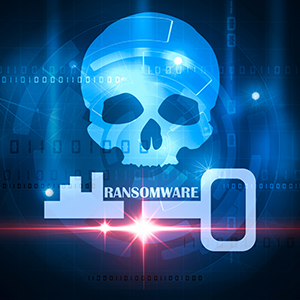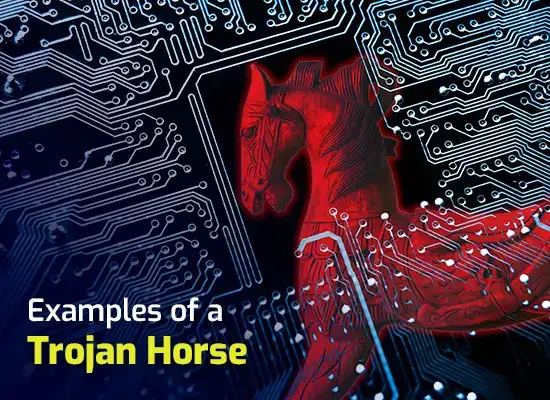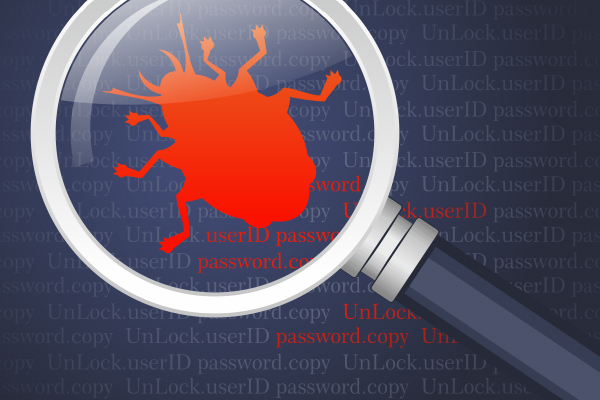HOW TO MIGRATE TO A ZERO TRUST ARCHITECTURE?
We put so much value on privacy and secrecy, yet we know so little about cybersecurity. Cybercriminals are always on the lookout for sensitive and confidential data, searching for any sign of weakness in your network. Migrating to a zero trust architecture is one good way to defeat them.

ZERO TRUST ARCHITECTURE
A zero trust security framework is an information technology security model that requires every person and device to first undergo strict identity verification. Users and devices will gain access to the network’s resources once verified.
A castle with high walls surrounding it is an old network security concept. Your network will have a good defence against outside threats. But the biggest threat comes from within the network itself. Migrating to a Zero Trust Architecture is the solution. This will protect your network against both external and internal threats.
In this article, you will learn the benefits of migrating to a zero trust architecture, as well as how to migrate to a zero trust architecture by following the best practices.
THE BENEFITS OF MIGRATING TO A ZERO TRUST ARCHITECTURE
It is necessary to protect the sensitive data of your customers and the confidential data of your business. A zero trust mindset or way of thinking is critical. The basic logic is to deny all and verify all before giving access.
Here are the benefits you can get when you migrate to a zero trust architecture:
Benefit #1: It Decreases the Difficulty of Work
Maintaining obsolete equipment and outdated software is tedious. Do not burden yourself about the technical details. You can pass this responsibility to someone else.
A cloud service provider can help you in this situation. They will shoulder the hardware and software that your business needs. They will do the installation, configuration, and management of your network, as well as its security. Migrating to a Zero Trust Architecture will save you time, money, and effort.
Benefit #2: It Fills Up the Skill Shortage
There is a cybersecurity skill shortage everywhere. Demand for cybersecurity professionals is high. It is quite expensive to hire a staff of pros. A zero trust architecture could fill the gap.
Benefit #3: It Protects the Data of Your Clients
Migrating to a Zero Trust Architecture prevents data breaches from occurring. A cybercriminal will have to bypass or compromise various security perimeters first. It is like putting security cameras everywhere to watch over any suspicious activity.
Benefit #4: It Provides a Good Computing Experience
Users will have peace of mind because there will be no disruptions of any kind when they’re doing their work. A happy employee is a productive employee, and this can lead to a higher return on investment, or ROI.
Benefit #5: It Lowers Breach Detection Time
In the movie “Mission Impossible,” Ethan Hunt has to go through various security obstacles to do his mission. He has to avoid security cameras, sneak in, and hack the server computer. In short, his mission is next to impossible. A cybercriminal will experience the same thing (without success) if you use a Zero Trust Architecture.
MIGRATE ZERO TRUST ARCHITECTURE
You might be thinking that moving to a new and different security model will cost a large amount of money. That is not the case because there are cloud solutions that can help you. It is only more expensive if you upgrade each network component. Letting a cloud service provider shoulder the expenses is a cost-effective solution.
Follow these best practices so you can migrate to a zero trust architecture:
1. Enforce multi-factor authentication.
Multi-factor authentication, or MFA, is a key concept in zero trust security model. Gone are the days when you could rely only on a single way of authentication. That is the traditional log-in process, where you enter your username and password.
Today, MFA is very essential. It adds another layer of security. An example of MFA is when you opt to receive a verification code whenever you log in to your account. You usually get this code through SMS or email.
Biometrics is a stronger MFA method. It relies on our unique identifying features, like fingerprints, retinas, voices, and face. Smartphones these days support biometric authentication.
2. Device validation and compliance is vital.
If users undergo authentication, then devices also undergo validation. A device cannot access the network’s resources if it is not part of a list. This list contains all the devices that have permission. You have to register your device first to gain access.
Your device should also follow security standards. This reduces security risks. Your device should have the latest patches, malware protection, and encryption, among others.
3. Apply the principle of least privilege.
An ordinary user like one of your employees should get the privileges and access rights to do their job well. Giving them other privileges would be a security risk. Why? Imagine if your employees have no restriction on web browsing. They can visit sites that might cause harm to the network. This also lessens their productivity because they will visit non-work related sites.
4. Try micro segmentation
This concept is about breaking up security perimeters into smaller zones. Users must gain permission first before gaining access to other zones of the network. This also applies to devices.
Conclusion
You are now aware of the benefits of migrating to a Zero Trust Architecture. You also now know the best practices when migrating to a zero trust architecture. For more information on zero trust architecture, please click here.
Zero Trust Model Of Cybersecurity




